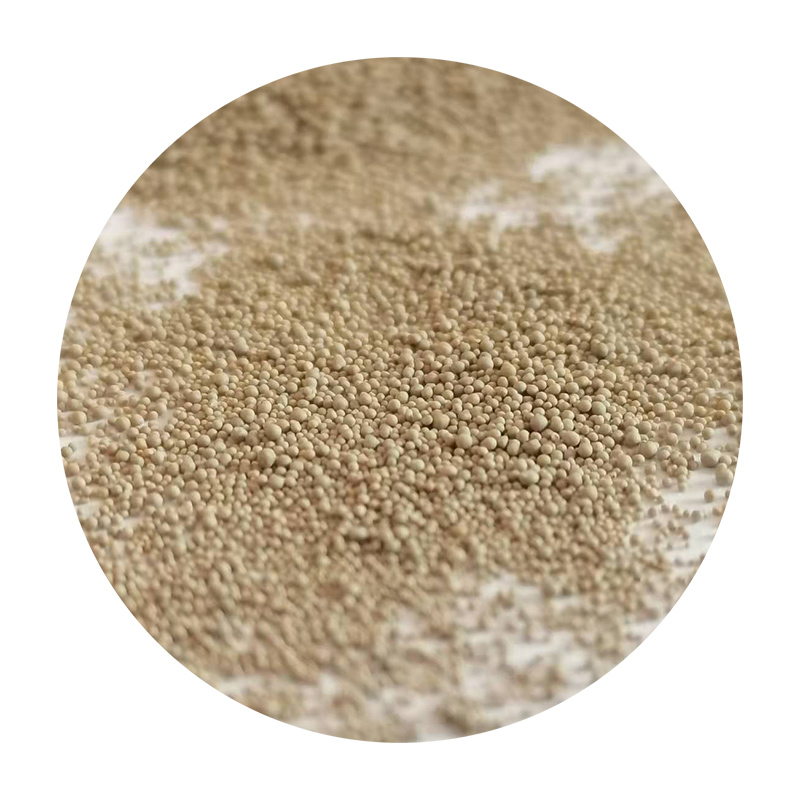How Sand Casting is Done
Sand casting is one of the oldest and most widely used metal casting processes. This technique allows for producing intricate shapes and designs at a relatively low cost, making it highly popular in various industries, from automotive to aerospace. The sand casting process can be broken down into several key steps, each of which plays a vital role in ensuring the production of high-quality castings.
How Sand Casting is Done
The next phase is mold preparation. This involves packing sand around the pattern to form a mold cavity. The sand used for casting is typically a mixture of silica sand, clay, and water, which helps bind the sand grains together. The mold is created in two halves, known as the cope (top half) and drag (bottom half), which are then carefully removed from the pattern. This process leaves a detailed impression that replicates the design of the pattern.
how sand casting is done

Once the mold is prepared, it’s time for gating and venting. Gating systems facilitate the flow of molten metal into the mold, while vents allow gases to escape during pouring. Proper gating and venting are crucial to avoid defects in the final product, such as gas pockets or misruns.
The next step is pouring the molten metal. The metal is heated to its liquid state and poured into the open mold. The timing and technique of pouring are critical; if done too quickly, it can lead to turbulence and imperfections. Once the metal fills the mold and cools, it solidifies, taking the shape of the cavity.
After sufficient cooling, the mold is broken apart to reveal the casting. Cleaning and finishing processes follow, where any excess material, called flash, is removed, and surface imperfections may be addressed. Final machining, if necessary, ensures that the product meets specific dimensional tolerances.
In conclusion, sand casting is a versatile and economical process that has stood the test of time. Its ability to produce complex shapes with relative ease makes it a favored technique in numerous manufacturing domains. From pattern making to finishing, each step in the sand casting process plays a crucial role in achieving high-quality metal components. As industries continue to evolve, sand casting remains a fundamental method for producing parts that meet diverse applications.
Post time:ਸਤੰ. . 24, 2024 22:04
Next:density of foundry sand
